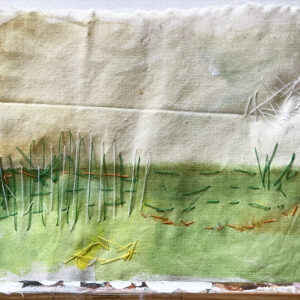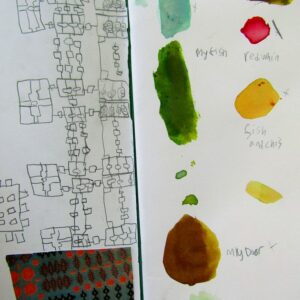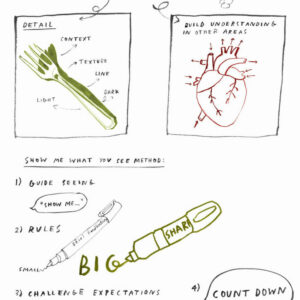Questions to Ask Children
What objects would you choose to include in a painting? Why?
How would you describe the way he works in one word?
How does scale impact the way that the artist works?
Questions to Ask Children
How does Frank Bowling’s work make you feel?
What do you like/dislike about Frank Bowling’s work?
How does scale impact the viewers experience of the work?
Which geometrical shapes would you include in your abstract painting? Why?
Choose one of Bowling’s paintings to look at in class:
Ask children to describe the colour palette, movement and texture. If you can see objects on the paintings take a closer look and think about why he might have chosen them.








